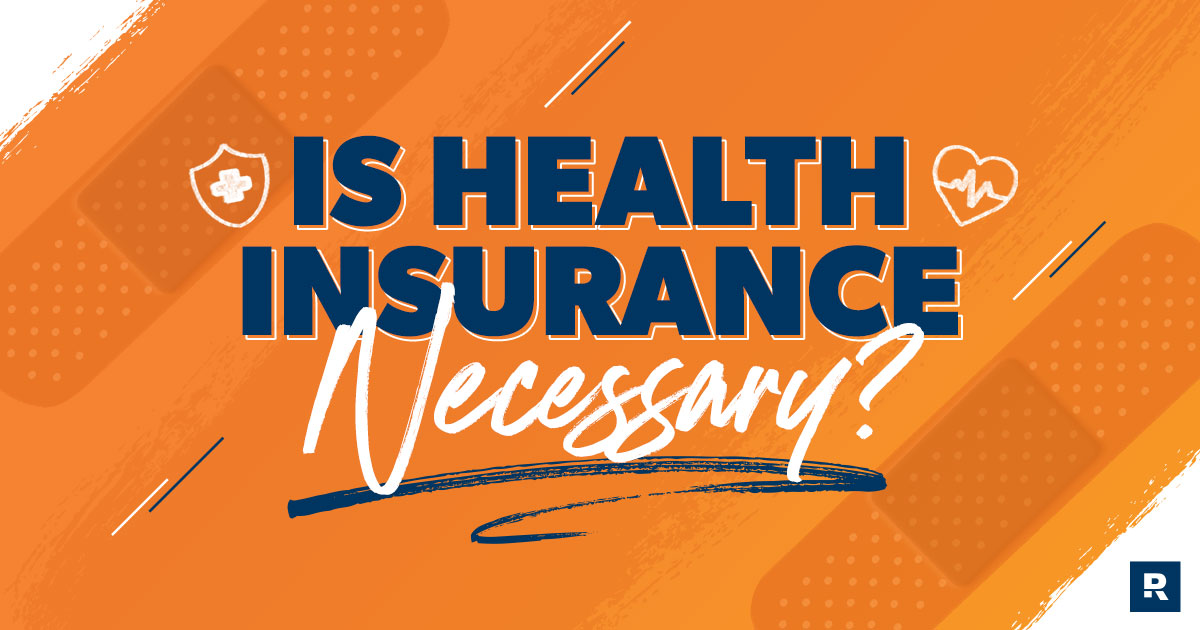Comprehensive Coverage Options with Houston Health Insurance Specialists
Comprehensive Coverage Options with Houston Health Insurance Specialists
Blog Article
Comprehending the Essentials: A Comprehensive Overview to Health Insurance Policy Options
In today's facility medical care landscape, browsing the myriad medical insurance alternatives can be daunting. A clear understanding of the numerous kinds of plans-- such as HMO, PPO, EPO, and POS-- in addition to crucial economic terms like copayments, deductibles, and premiums, is critical for making notified decisions - health insurance houston. Just how do these elements engage to form your medical care experience and economic well-being? This overview intends to debunk the detailed globe of medical insurance, equipping you with the knowledge to select a strategy that aligns with your personal healthcare requirements and financial goals.
Kinds Of Medical Insurance Plans
When browsing the complex landscape of medical care insurance coverage, understanding the various kinds of wellness insurance coverage plans is vital. Largely, medical insurance strategies can be categorized right into 4 primary kinds: Health care Organization (HMO), Preferred copyright Company (PPO), Special Service Provider Company (EPO), and Factor of Solution (POS) strategies. Each type uses distinctive functions and advantages, tailored to fulfill diverse health care requirements.
HMO plans require members to choose a health care doctor (PCP) and acquire referrals from the PCP to see experts. This version stresses precautionary treatment and normally limits coverage to a network of companies, which aids to manage costs. On the other hand, PPO strategies give greater versatility, enabling participants to see any kind of medical care copyright without a recommendation, though they incentivize making use of network companies through minimized prices.
EPO strategies merge components of HMO and PPO strategies, using lower costs however requiring members to utilize a details supplier network without needing referrals. health insurance houston. POS strategies integrate qualities of PPOs and hmos, necessitating a PCP and recommendations while permitting out-of-network treatment at greater out-of-pocket prices. Comprehending these distinctions is important for selecting a plan that aligns with specific health care choices and needs
Recognizing Costs and premiums
Browsing the complexities of medical insurance costs and costs can feel frustrating in the beginning, yet gaining a clear understanding is essential for making informed choices. Medical insurance premiums are the regular settlements made to maintain insurance coverage, commonly billed monthly. Premiums vary based upon aspects such as the person's age, area, and sort of plan chosen. It's important to keep in mind that a lower costs may not always correspond to reduce overall costs, as these strategies may have higher deductibles and out-of-pocket expenditures.
Along with premiums, various other expense factors to consider include deductibles, copayments, and coinsurance. The deductible is the quantity you pay before the insurance starts covering your clinical expenses. Strategies with greater deductibles often have reduced costs. Copayments are dealt with amounts spent for specific solutions, such as doctor check outs, while coinsurance is a percent of the expense shared between the insured and the insurance firm after fulfilling the insurance deductible.
Understanding these costs can help you approximate your possible medical care expenditures and pick a strategy lining up with your budget plan and medical care requirements. Reviewing costs versus insurance coverage will enable you to select a strategy that offers the most value and defense.
Coverage and Perk Explained
Although recognizing the breadth of coverage and benefits is crucial in choosing the right medical insurance strategy, the specifics can typically be intricate. Medical insurance coverage typically consists of important health benefits such as a hospital stay, outpatient care, emergency solutions, pregnancy and newborn care, mental health and wellness services, and prescription medicines. Additionally, preventative solutions like screenings and inoculations are commonly covered without a co-payment, as mandated by the Affordable Treatment Represent certified plans.
Each plan might differ substantially in regards to protection levels and exclusions. It is vital to look at the Recap of Conveniences and Insurance Coverage (SBC) paper, which details protected solutions, cost-sharing responsibilities, and any kind of exceptions or restrictions. Some plans may cover alternate treatments such as chiropractic treatment, while others do not.

Very carefully examining the level of coverage and benefits makes certain that the chosen strategy straightens with individual health and wellness needs and economic conditions, supplying necessary protection and assurance.
Browsing Company Networks
In the realm of wellness insurance, recognizing company networks is essential for making certain access to favored clinical solutions and managing prices properly. Provider networks are a collection of healthcare experts, facilities, and solutions that have actually partnered with insurance business to supply clinical care to guaranteed individuals.
The type of copyright network in a health and wellness strategy dramatically impacts client out-of-pocket costs and accessibility to care. Common network types include Health and wellness Upkeep Organizations (HMOs), Preferred Provider Organizations (PPOs), and Exclusive Company Organizations (EPOs)
To browse properly, it is vital to examine each strategy's network information, making certain preferred service providers and facilities are included, and think about just how network constraints straighten with individual medical care demands.

Key Terms and Interpretations
Comprehending vital terms and meanings in wellness insurance is crucial for making notified choices about protection alternatives. Experience with these terms can aid people comprehend their plan records, compare plans properly, and anticipate prospective prices. Key terms include "premium," which describes the normal payment made to keep insurance coverage, generally month-to-month. An additional essential term is "deductible," the quantity a policyholder should pay out of pocket prior to the insurance provider begins to cover expenses.
" Copayment" or "copay" is the set cost paid by the insured person for details solutions, such as medical professional brows through or prescriptions. In addition, visit "coinsurance" describes the percent of expenses that the insured should pay after satisfying the insurance deductible. Comprehending the "out-of-pocket maximum" is also crucial; it stands for the most an individual will certainly pay in a plan duration, after which the insurance company covers 100% of permitted costs.
Furthermore, terms like page "network" pertain to the team of doctor acquired with an insurance firm to supply services at reduced prices. The "Explanation of Benefits" (EOB) is a record sent by insurers detailing what was covered, what the client owes, and why. Mastering these terms help in navigating medical insurance landscapes efficiently.

Final Thought
A detailed understanding of wellness insurance policy fundamentals is crucial for making informed healthcare choices. Knowledge with numerous strategy types, such as HMO, PPO, EPO, and POS, together with essential terms like premiums, deductibles, copayments, and coinsurance, enables individuals to evaluate possible expenditures successfully. By lining up medical care choices with the proper plan, appropriate protection and monetary safety can be made sure. Navigating service provider networks and comprehending coverage and advantages additionally improve the ability to choose an optimum wellness insurance coverage plan.
When browsing the complex landscape of medical care protection, recognizing the different kinds of health and wellness insurance strategies is essential. Largely, health and wellness insurance policy plans can be categorized right into four primary types: Wellness Maintenance Company (HMO), Preferred Provider Company (PPO), Exclusive Supplier Organization (EPO), and Point of Service (POS) visit the website plans.EPO strategies merge components of HMO and PPO strategies, using lower expenses yet requiring participants to use a particular provider network without requiring references.Although recognizing the breadth of insurance coverage and benefits is crucial in picking the best health and wellness insurance policy plan, the specifics can typically be intricate. Browsing provider networks and comprehending protection and advantages better boost the ability to choose an ideal health and wellness insurance coverage strategy.
Report this page